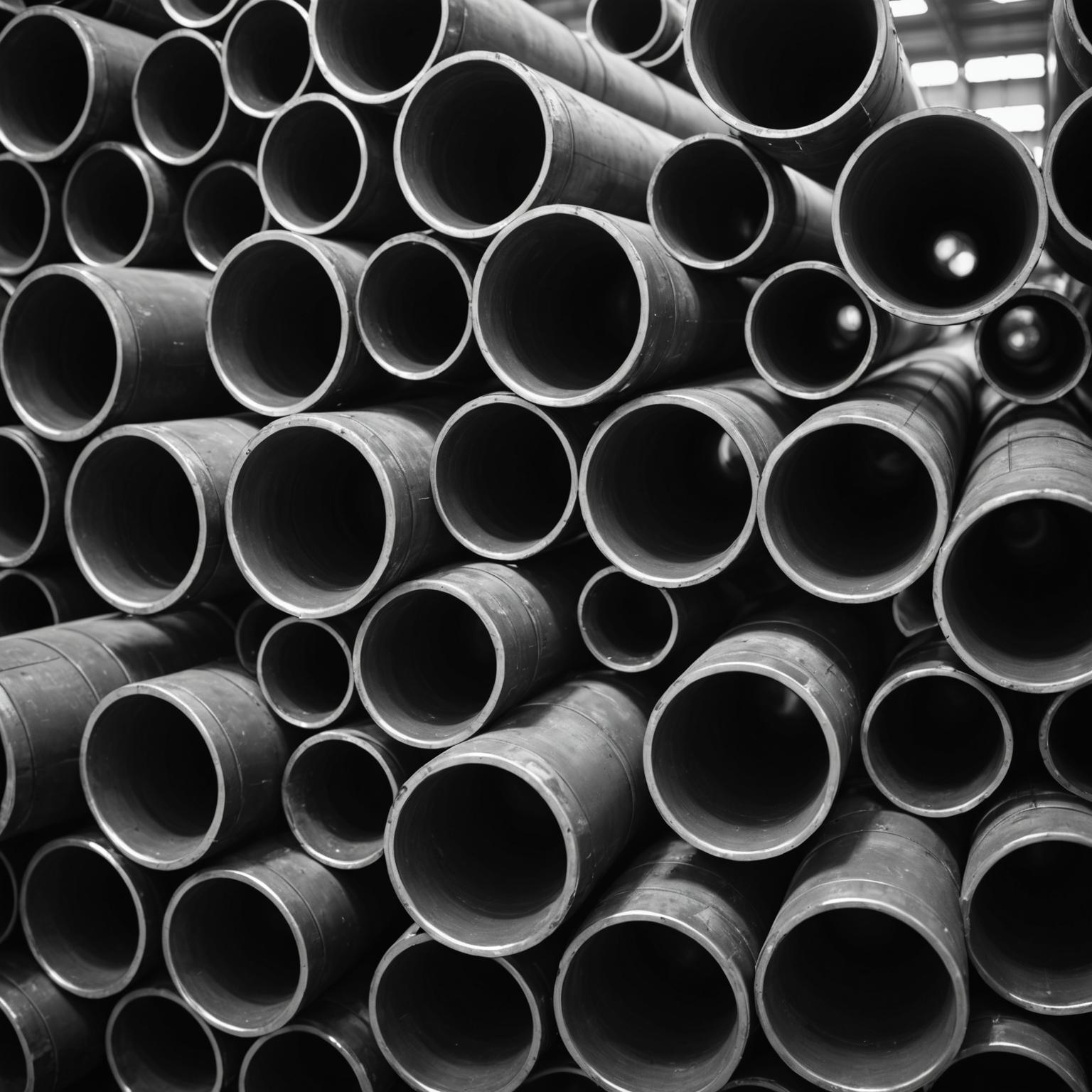Stainless steel pipes are celebrated across countless industries and residential settings for their incredible durability, resistance to corrosion, and long service life. When you invest in high-quality stainless steel infrastructure, you are making a commitment to longevity and reliability. However, no material is truly invincible, and over time, various environmental and operational factors can take their toll. This leads many property owners and facility managers to the critical question of how to judge whether stainless steel pipes need to be replaced. Recognizing the early warning signs is not just about maintenance; it's about safeguarding your property, ensuring operational efficiency, and preventing catastrophic failures that can lead to costly repairs and significant downtime.
Understanding the Lifespan of Stainless Steel Pipes
While stainless steel is engineered to last for decades, its actual lifespan is influenced by a multitude of factors. The specific grade of the steel, the environment it operates in, and the substances it transports all play a significant role. For instance, pipes exposed to high concentrations of chlorides, such as those in marine environments or certain industrial chemical plants, are more susceptible to pitting and crevice corrosion. Similarly, constant exposure to extreme temperatures, high pressures, or significant mechanical stress can accelerate wear and tear. It's a common misconception that because they are 'stainless,' they are impervious to all forms of degradation. Understanding these vulnerabilities is the first step in creating an effective inspection and maintenance routine. Proactive monitoring helps you move from a reactive repair model to a predictive maintenance strategy, saving you time and money in the long run.
Key Visual Cues for Pipe Inspection
The most straightforward method for assessing the condition of your plumbing is a thorough visual inspection. Your eyes can often be the best first-line defense in identifying potential problems before they escalate. Start by looking for any obvious signs of corrosion. While stainless steel is resistant, it is not entirely immune. You might see localized rust spots, unusual discoloration, or dark pits on the surface, especially around welds, joints, and fittings where imperfections can create weak points. Pay close attention to any visible cracks, even if they appear to be hairline fissures. These can indicate significant stress on the material and are a major red flag for imminent failure. Additionally, look for any physical deformities such as dents, bulges, or sagging sections of pipe. Physical damage compromises the structural integrity and can create areas where pressure builds up or corrosion can take hold more easily. Finally, the most telling sign is, of course, a leak. Check carefully for any moisture, drips, or water stains on or around the pipes and fittings.
Functional Indicators of Pipe Degradation
Not all signs of a failing pipe are visible on the surface. Sometimes, the way your system functions can tell you everything you need to know. A sudden or gradual decrease in water pressure is a classic symptom of internal problems. This can be caused by a buildup of mineral scale or internal corrosion that narrows the pipe's diameter, restricting flow. Another key indicator is the quality of the water itself. If you notice water that is discolored, particularly with a brownish or reddish tint, it could mean that the interior of the pipes is corroding and flaking off into your water supply. This can also be accompanied by a metallic taste or an unusual odor. Listen for any strange noises coming from your plumbing system, such as banging, clanking, or whistling. These sounds can signal everything from pressure issues to blockages or loose supports. If you find your system is experiencing frequent clogs, it might be because the once-smooth interior of the pipes has become rough and pitted, allowing debris to accumulate more easily. These functional clues often suggest that the time when your stainless steel pipes need to be replaced is approaching.
When Professional Assessment is Necessary
While visual and functional checks are invaluable, they have their limitations. Some of the most serious issues can develop out of sight or deep within the pipe's structure. For critical infrastructure in commercial or industrial settings, or for homeowners who want absolute certainty, bringing in a professional is the wisest course of action. Professionals have access to advanced diagnostic tools and non-destructive testing (NDT) methods to get a clear picture of your system's health. Techniques like ultrasonic testing can measure the thickness of the pipe wall to detect thinning from corrosion, while radiographic inspections can reveal internal cracks and defects that are invisible to the naked eye. A professional can conduct a comprehensive pressure test to identify hidden leaks and weaknesses within the system. Consulting an expert removes the guesswork and provides you with a data-driven assessment of whether a partial repair or a full replacement is the most appropriate solution.
The Importance of Timely Replacement
Ultimately, making the decision to replace your stainless steel pipes is about managing risk and investing in the future. Ignoring the warning signs can lead to burst pipes, extensive water damage, mold growth, and costly emergency repairs. For a business, it can mean shutting down operations entirely. When the evidence suggests your pipes are nearing the end of their life, a proactive replacement is the most responsible and cost-effective choice. Choosing modern, high-grade stainless steel piping for the replacement ensures you are installing a system built with the latest metallurgical advancements for superior durability and performance. It's an investment in reliability, safety, and peace of mind, ensuring that your infrastructure remains a dependable backbone for your home or operation for many years to come.








